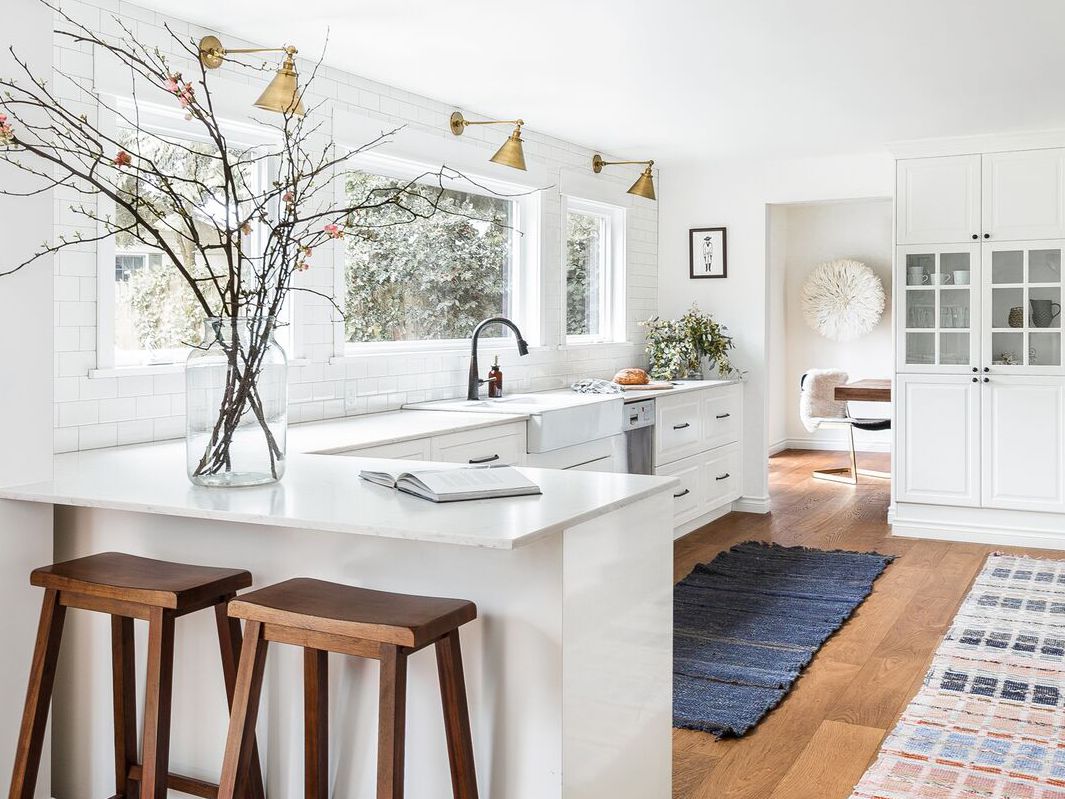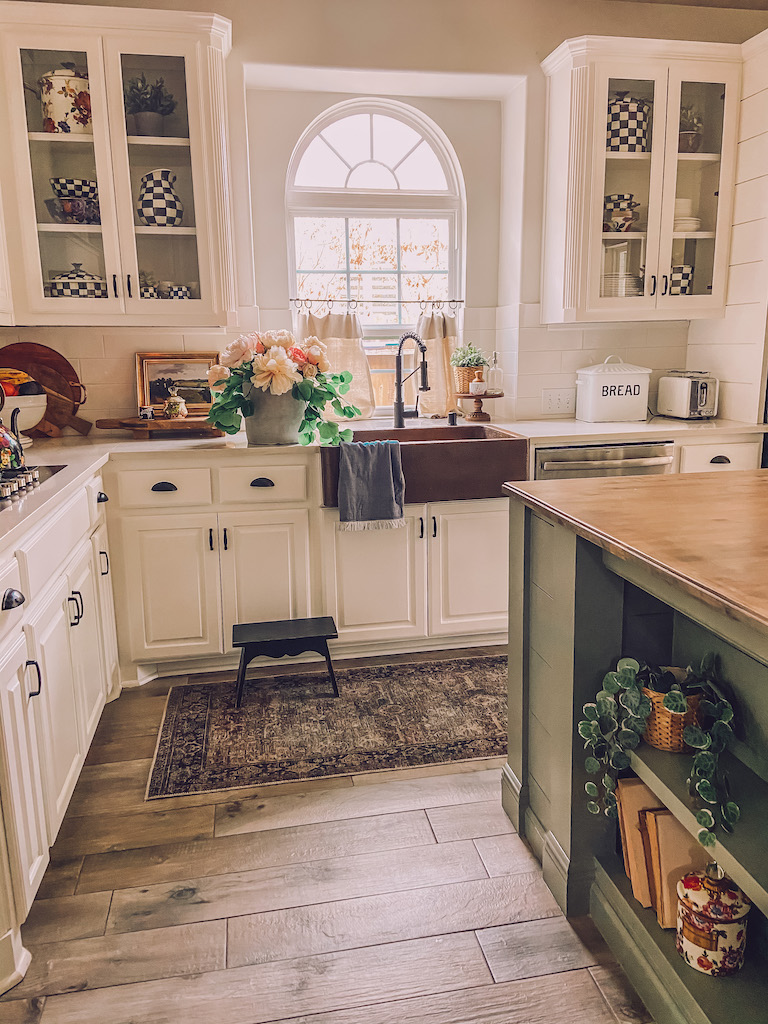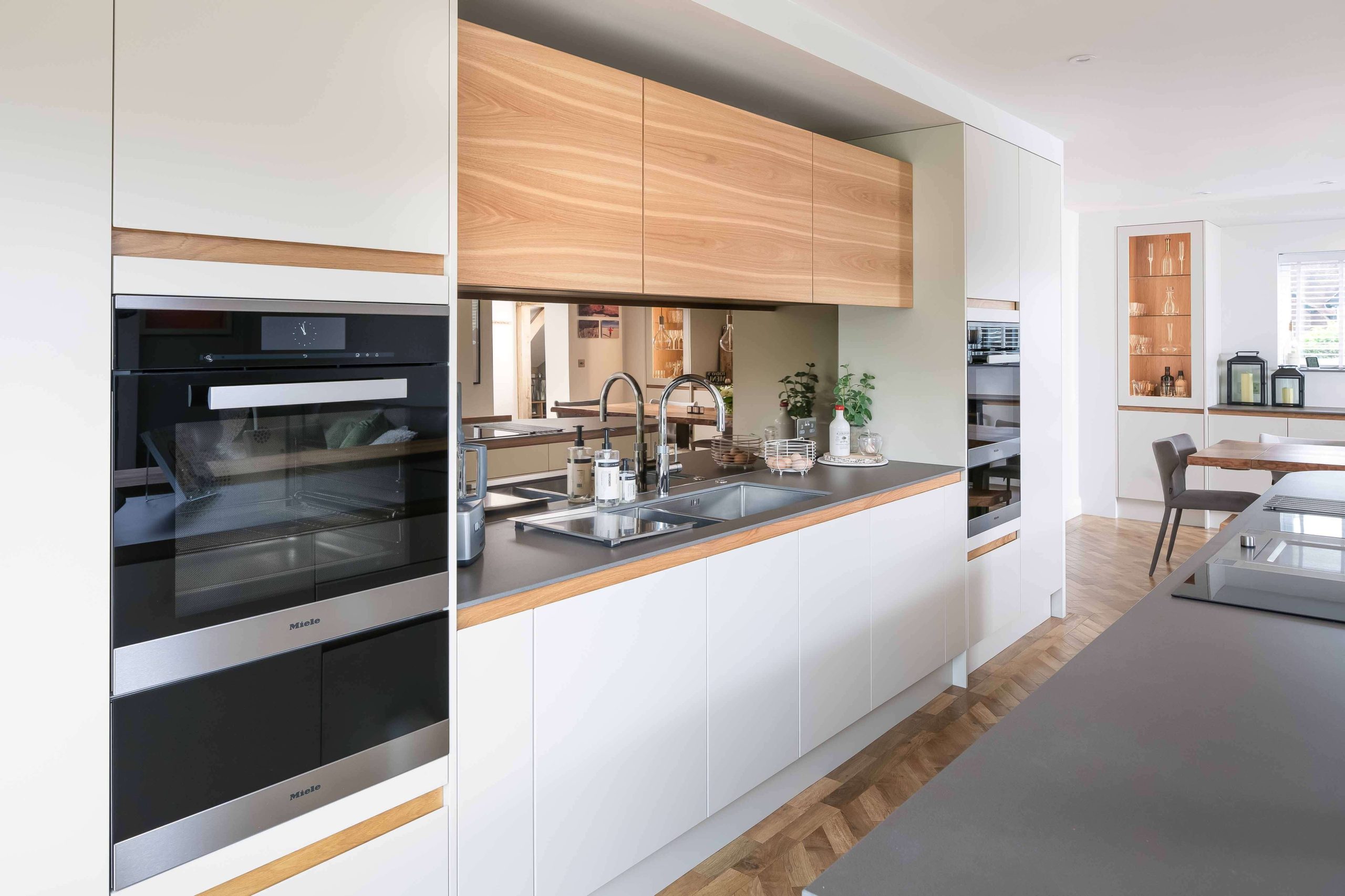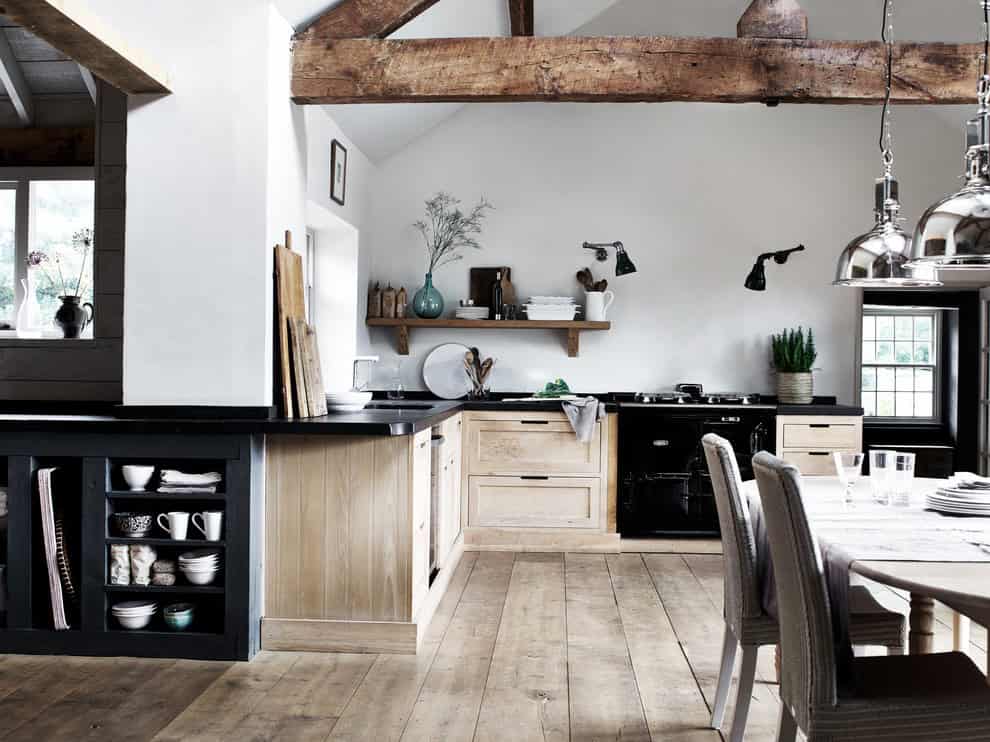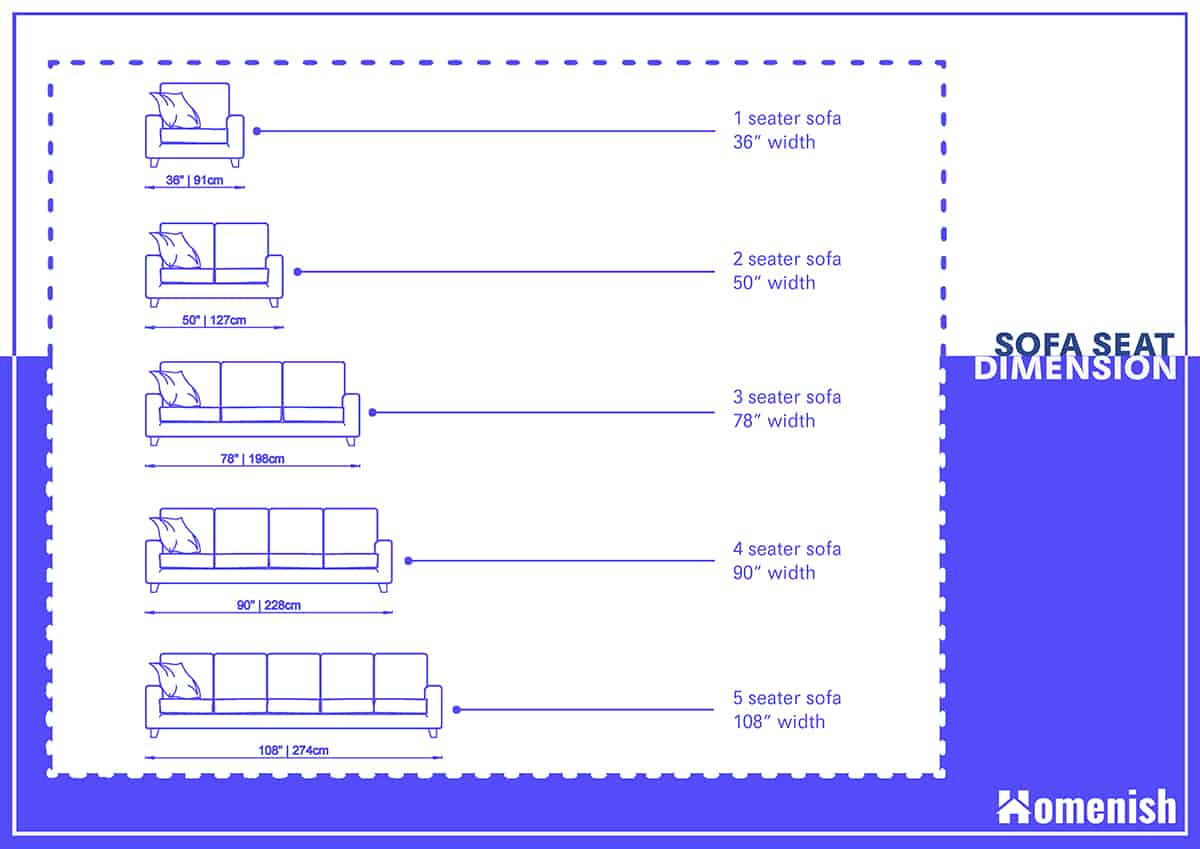When it comes to Scandinavian kitchen design, the key principles to keep in mind are simplicity and functionality. This aesthetic is all about minimalism, clean lines, and practicality. It's a perfect style for those who appreciate a clutter-free and efficient space. Scandinavian kitchen design is characterized by a neutral color palette, natural materials, and plenty of light. It's a style that brings a sense of calm and tranquility to the heart of the home. If you're looking to create a Scandinavian-inspired kitchen, here are 10 tips to help you achieve the look.1. Scandinavian Kitchen Design Tips - Simplicity and Functionality
1. Use a neutral color scheme: When designing a Scandinavian kitchen, stick to a neutral color palette. This includes shades of white, gray, and beige, with pops of black for contrast. 2. Incorporate natural materials: Natural materials such as wood, stone, and leather are essential elements of Scandinavian design. They add warmth and texture to the space. 3. Choose clean and simple lines: The key to achieving a Scandinavian look is to keep the lines of your kitchen clean and simple. Avoid ornate details or intricate patterns. 4. Opt for open shelving: Instead of upper cabinets, consider installing open shelves in your kitchen. This will create a more spacious and airy feel, and also allow you to display your favorite dishes and cookware. 5. Let in natural light: Natural light is a crucial element of Scandinavian design. Make sure to have large windows in your kitchen to let in as much light as possible. 6. Use statement lighting: While natural light is essential, statement lighting can also add a touch of character to your Scandinavian kitchen. Consider a sleek and modern pendant light or a minimalist chandelier. 7. Add plants: Incorporating plants into your kitchen is a great way to bring some life and greenery into the space. Choose low-maintenance plants such as succulents or herbs. 8. Keep countertops clutter-free: In a Scandinavian kitchen, it's important to keep countertops clutter-free. This means having a designated place for everything and keeping only the essentials on display. 9. Mix and match textures: Don't be afraid to mix and match different textures in your kitchen. For example, pair a rustic wooden dining table with sleek metal chairs for a modern touch. 10. Embrace simplicity: The most important aspect of Scandinavian design is simplicity. Avoid excess and unnecessary decorations or furnishings, and let the beauty of the design speak for itself.2. 10 Tips for Creating a Scandinavian-Style Kitchen
If you're still unsure about how to design your Scandinavian kitchen, here are some additional tips and inspiration to help you get started. Scandinavian kitchen design is all about creating a functional and inviting space. Consider adding a cozy breakfast nook or a comfortable seating area for your family and guests. When it comes to storage, opt for built-in cabinets and drawers to keep everything organized and hidden away. This will help maintain the clean and clutter-free aesthetic of the space. In terms of color, you can add pops of color through small accents such as a brightly colored rug or a piece of art. But overall, stick to a neutral color scheme for a true Scandinavian look. Don't be afraid to mix and match different styles in your kitchen. For example, you can combine modern and vintage pieces to add character and personality to the space. Lastly, remember that Scandinavian kitchen design is all about creating a space that is both functional and beautiful. So make sure to balance practicality with aesthetics in your design choices.3. How to Design a Scandinavian Kitchen: Tips and Inspiration
To summarize, the key elements of a Scandinavian kitchen design include a neutral color palette, natural materials, clean lines, plenty of natural light, and a clutter-free and functional space. These elements work together to create a calming and inviting atmosphere that is perfect for cooking and entertaining. Additionally, incorporating elements of nature, such as plants and natural materials, is essential to achieving the Scandinavian aesthetic. This helps bring a sense of warmth and coziness to the space. Remember to also focus on simplicity and avoid excess decor or clutter in your design choices. This will ensure that your kitchen remains true to the Scandinavian style.4. The Key Elements of a Scandinavian Kitchen Design
If you're still in need of inspiration for your Scandinavian kitchen design, here are a few ideas to help get your creative juices flowing. Consider adding a large farmhouse sink for a touch of rustic charm in an otherwise sleek and modern kitchen. You can also incorporate natural wood elements, such as a wooden countertop or a wooden backsplash, to add warmth and texture to the space. For a more industrial look, opt for exposed brick walls or concrete floors. These elements can add a unique touch to your Scandinavian kitchen while still maintaining the overall minimalist aesthetic. Lastly, don't be afraid to add a pop of color through decorative accents such as throw pillows, artwork, or kitchen accessories. Just make sure to stick to a limited color palette to avoid overwhelming the space.5. Scandinavian Kitchen Design: Ideas and Inspiration
To fully embrace the Scandinavian design in your kitchen, here are 10 ways you can incorporate this style into your space. 1. Choose a light and neutral color palette. 2. Use natural materials such as wood, stone, and leather. 3. Opt for clean and simple lines in your cabinetry and furniture. 4. Let in as much natural light as possible. 5. Use statement lighting to add character and interest. 6. Add plants for a touch of nature and greenery. 7. Keep countertops clutter-free and well-organized. 8. Mix and match textures to add dimension to the space. 9. Embrace simplicity and avoid excess decor or furnishings. 10. Focus on creating a functional and inviting space for cooking and entertaining.6. 10 Ways to Incorporate Scandinavian Design into Your Kitchen
In a Scandinavian kitchen, it's important to choose the right colors to achieve the desired look. Here are a few tips to help you select the perfect color scheme for your space. Stick to a neutral color palette: As mentioned earlier, a neutral color scheme is essential for a Scandinavian kitchen. Stick to shades of white, gray, and beige for a clean and minimalist look. Use pops of black for contrast: While neutrals are the main colors used in Scandinavian design, adding pops of black can help create contrast and add a touch of sophistication to the space. Incorporate natural elements: Natural materials, such as wood and stone, also add color to your kitchen. Choose light or natural wood tones for a warm and inviting feel. Add a touch of color: While neutrals are the main colors used in Scandinavian design, adding a touch of color can bring some personality and interest to the space. Stick to a limited color palette, and use it sparingly through decorative accents or small details.7. Tips for Choosing the Right Colors for Your Scandinavian Kitchen
One of the most critical elements of Scandinavian design is natural light. In a region where daylight is scarce for much of the year, this design style focuses on maximizing natural light in the home. In a Scandinavian kitchen, large windows are a must to let in as much light as possible. This not only helps create a bright and airy space, but it also has a positive effect on our mood and well-being. If your kitchen doesn't have large windows, consider adding skylights or installing reflective surfaces, such as a mirrored backsplash, to help bounce light around the room.8. The Importance of Natural Light in Scandinavian Kitchen Design
While Scandinavian design is often associated with minimalism and simplicity, it can also be warm and inviting. Here's how you can create a cozy and welcoming Scandinavian kitchen. Add natural textures: Incorporating natural textures, such as wood and stone, can add warmth and coziness to the space. Use soft lighting: While natural light is essential, adding soft and warm lighting can also help create a cozy atmosphere in your kitchen. Consider using lamps or dimmable lights for a softer glow. Add a comfortable seating area: In addition to a dining table, consider adding a comfortable seating area, such as a cozy armchair or a window seat, to your kitchen. This provides a spot to relax and enjoy a cup of coffee or a good book. Use warm and inviting colors: While neutrals are the main colors used in Scandinavian design, adding warm and inviting colors, such as shades of brown or warm gray, can also help create a cozy and welcoming atmosphere.9. How to Create a Cozy and Inviting Scandinavian Kitchen
Texture is a crucial element in Scandinavian design and can be used to add interest and depth to your kitchen. Here are a few ways you can incorporate texture into your Scandinavian kitchen. Mix and match materials: Mixing and matching different materials, such as wood, stone, and metal, can add texture and create a more dynamic and interesting space. Add textiles: Textiles such as rugs, curtains, and cushions can add texture and warmth to your kitchen. Stick to natural materials like wool or cotton for an authentic Scandinavian look. Use different finishes: Consider using different finishes, such as matte and glossy, to add texture and contrast in your kitchen. For example, pair a matte countertop with glossy cabinets for a modern and stylish look. In conclusion, creating a Scandinavian-inspired kitchen is all about simplicity, functionality, and natural elements. By incorporating these tips and ideas, you can design a space that is both practical and beautiful, and brings a touch of Nordic charm into your home.10. The Role of Texture in Scandinavian Kitchen Design
Create a Cozy Atmosphere with Scandinavian Kitchen Design
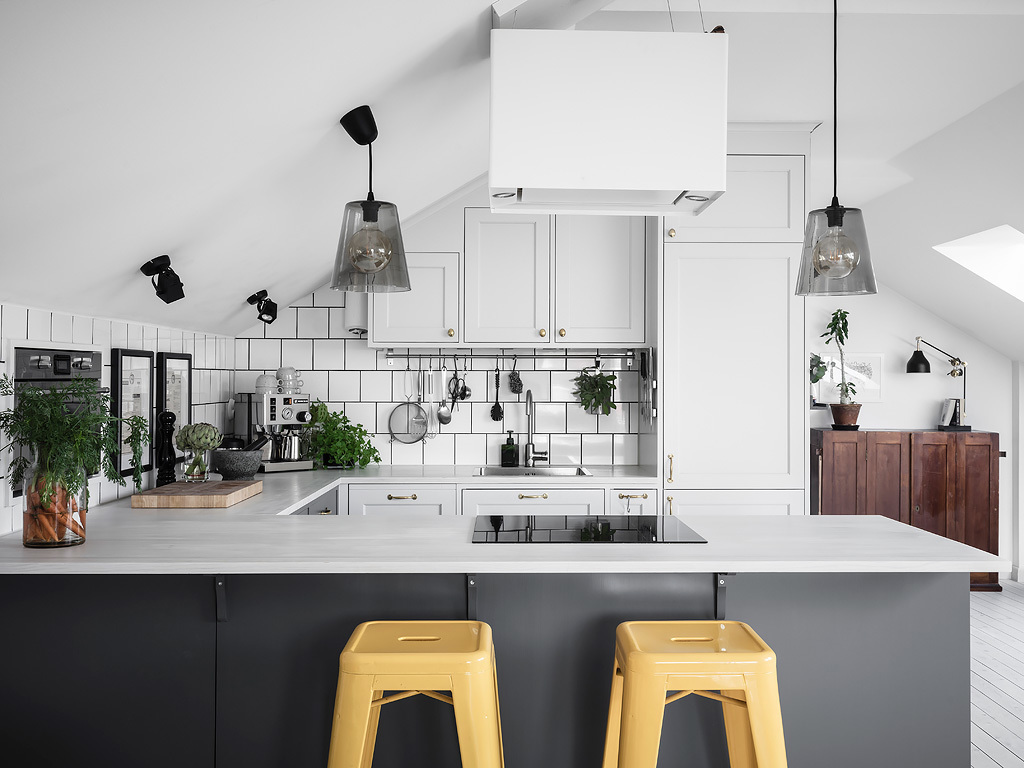
Efficient Use of Space
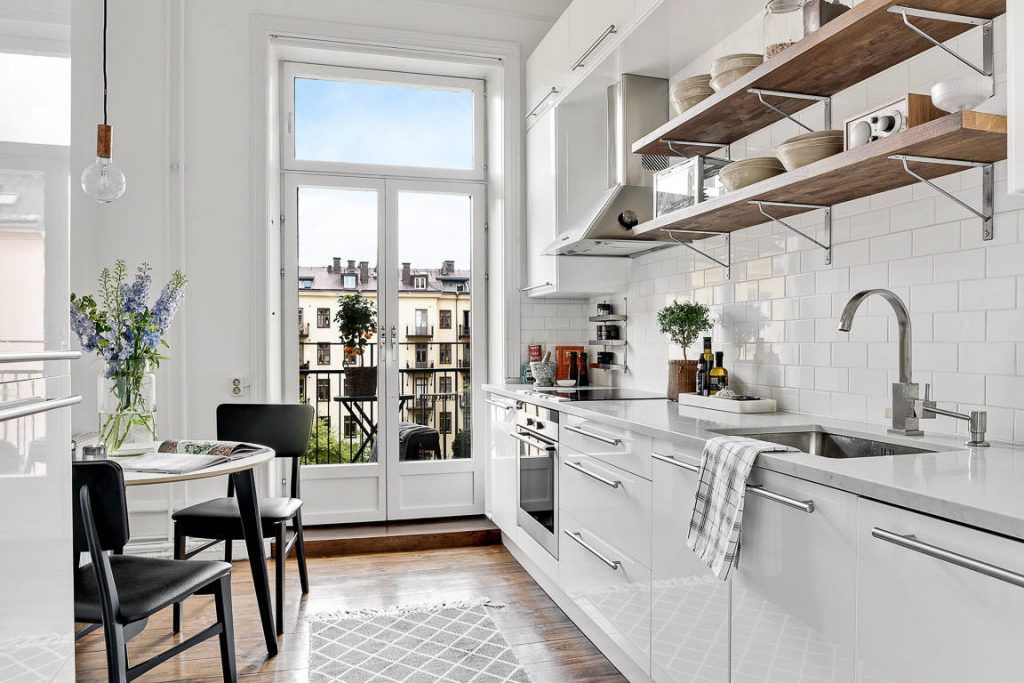 When it comes to designing a Scandinavian kitchen, one of the key elements is efficient use of space. In Scandinavian countries, where space is limited, every inch counts. This mindset is reflected in their kitchen design, where clutter is kept to a minimum and functionality is maximized.
Minimalism
is a core principle of Scandinavian design, so keeping countertops and cabinets clutter-free and utilizing smart storage solutions is essential. This not only creates a clean and organized look, but it also makes cooking and meal preparation more efficient.
When it comes to designing a Scandinavian kitchen, one of the key elements is efficient use of space. In Scandinavian countries, where space is limited, every inch counts. This mindset is reflected in their kitchen design, where clutter is kept to a minimum and functionality is maximized.
Minimalism
is a core principle of Scandinavian design, so keeping countertops and cabinets clutter-free and utilizing smart storage solutions is essential. This not only creates a clean and organized look, but it also makes cooking and meal preparation more efficient.
Light and Bright
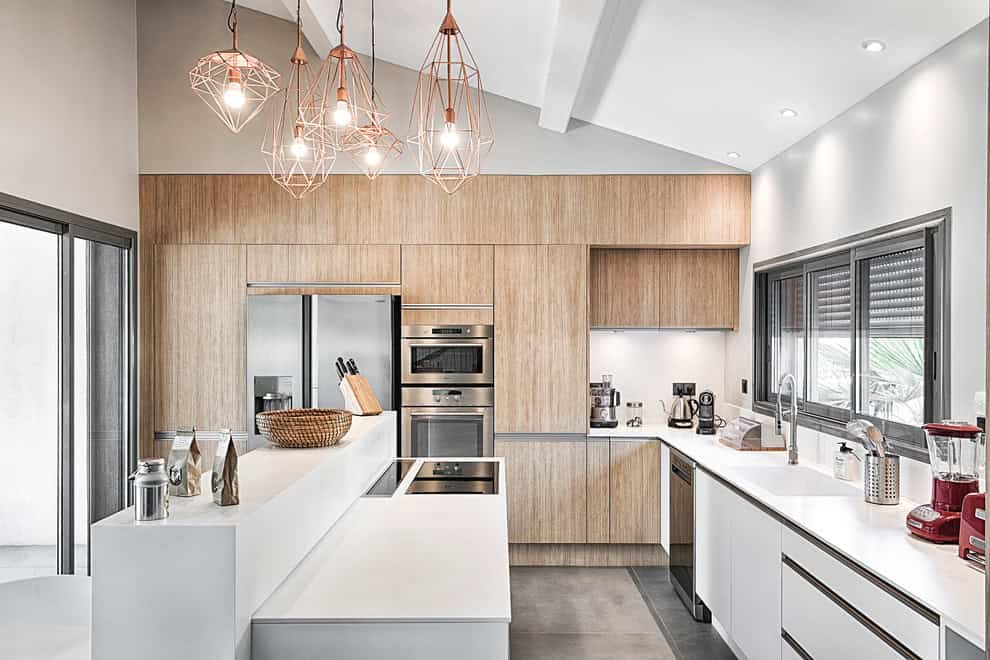 Scandinavian design is all about creating a bright and airy space, which is especially important in the kitchen.
Natural light
is preferred over artificial lighting, so large windows and skylights are common in Scandinavian kitchens. If you don't have the luxury of big windows, incorporating light-colored walls, cabinets, and countertops can help create a similar effect. White, cream, and light wood tones are popular color choices for Scandinavian kitchens. Not only do they reflect light, but they also give a sense of warmth and coziness.
Scandinavian design is all about creating a bright and airy space, which is especially important in the kitchen.
Natural light
is preferred over artificial lighting, so large windows and skylights are common in Scandinavian kitchens. If you don't have the luxury of big windows, incorporating light-colored walls, cabinets, and countertops can help create a similar effect. White, cream, and light wood tones are popular color choices for Scandinavian kitchens. Not only do they reflect light, but they also give a sense of warmth and coziness.
Embrace Nature
 Scandinavians have a strong connection to nature, and this is often reflected in their home design. In a Scandinavian kitchen, incorporating natural elements such as wood, stone, and plants can add warmth and texture to the space.
Organic materials
like wood and stone are often used for countertops, while plants can be placed on windowsills or open shelves. Not only do plants add a touch of nature, but they also help purify the air and create a healthier indoor environment.
Scandinavians have a strong connection to nature, and this is often reflected in their home design. In a Scandinavian kitchen, incorporating natural elements such as wood, stone, and plants can add warmth and texture to the space.
Organic materials
like wood and stone are often used for countertops, while plants can be placed on windowsills or open shelves. Not only do plants add a touch of nature, but they also help purify the air and create a healthier indoor environment.
Functional and Stylish
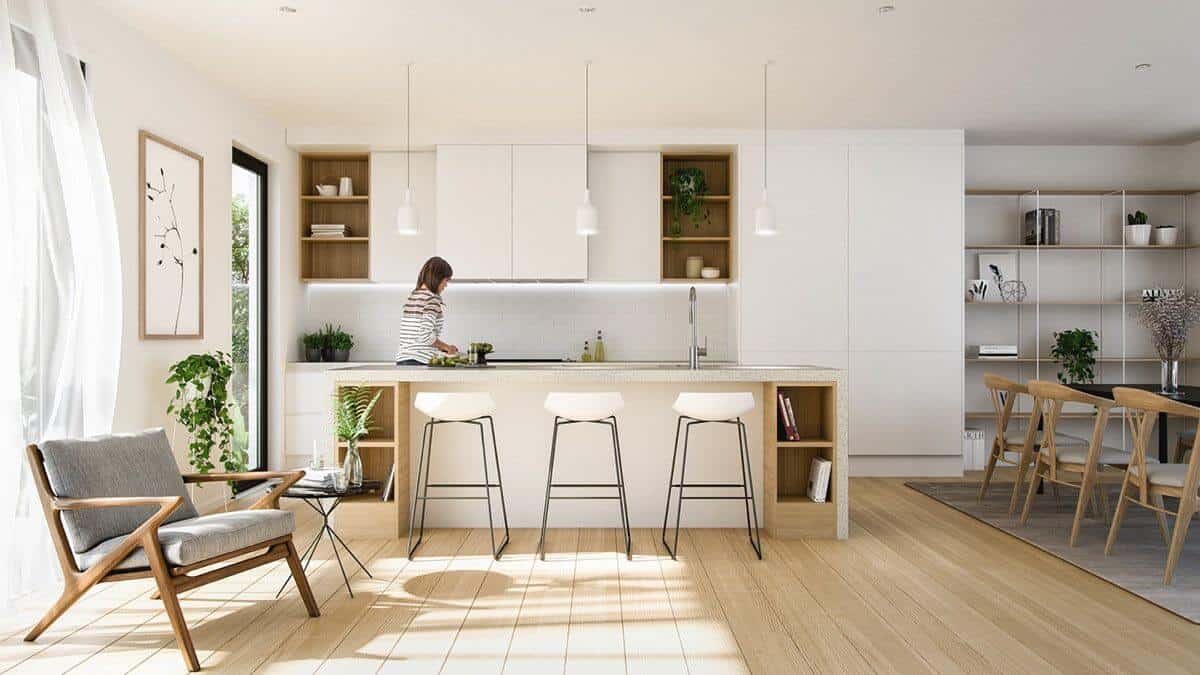 In Scandinavian design, form follows function. This means that every element in the kitchen should have a purpose and be visually appealing.
Simple and sleek
designs are favored, with clean lines and minimal decoration. This not only creates a modern and timeless look, but it also makes cleaning and maintenance easier. Additionally, incorporating
stainless steel appliances
can add a touch of sophistication to a Scandinavian kitchen.
In conclusion, Scandinavian kitchen design is all about creating a functional and inviting space that embraces simplicity, natural elements, and efficient use of space. By incorporating these tips into your kitchen design, you can create a cozy and stylish space that is perfect for cooking and gathering with loved ones.
In Scandinavian design, form follows function. This means that every element in the kitchen should have a purpose and be visually appealing.
Simple and sleek
designs are favored, with clean lines and minimal decoration. This not only creates a modern and timeless look, but it also makes cleaning and maintenance easier. Additionally, incorporating
stainless steel appliances
can add a touch of sophistication to a Scandinavian kitchen.
In conclusion, Scandinavian kitchen design is all about creating a functional and inviting space that embraces simplicity, natural elements, and efficient use of space. By incorporating these tips into your kitchen design, you can create a cozy and stylish space that is perfect for cooking and gathering with loved ones.








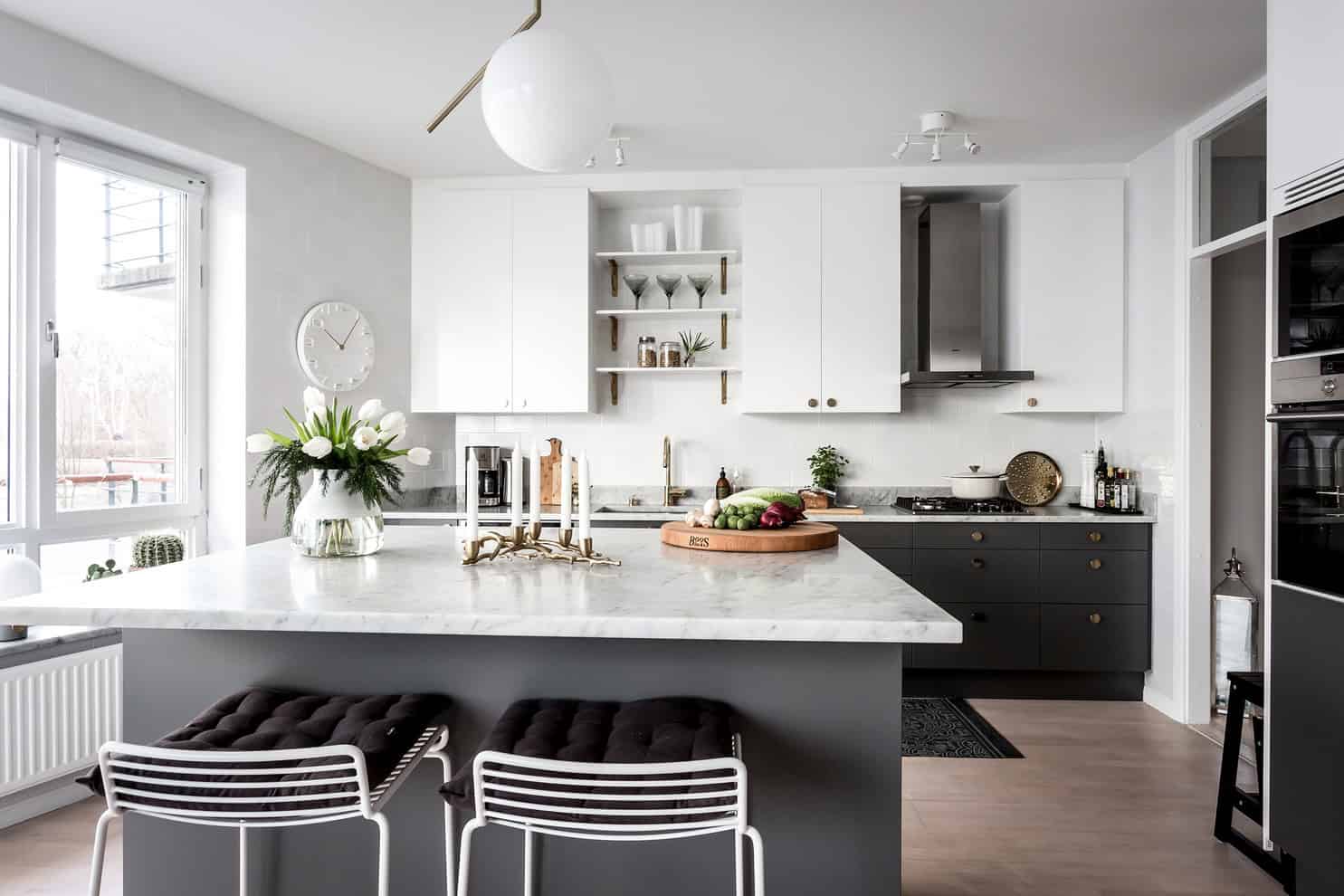


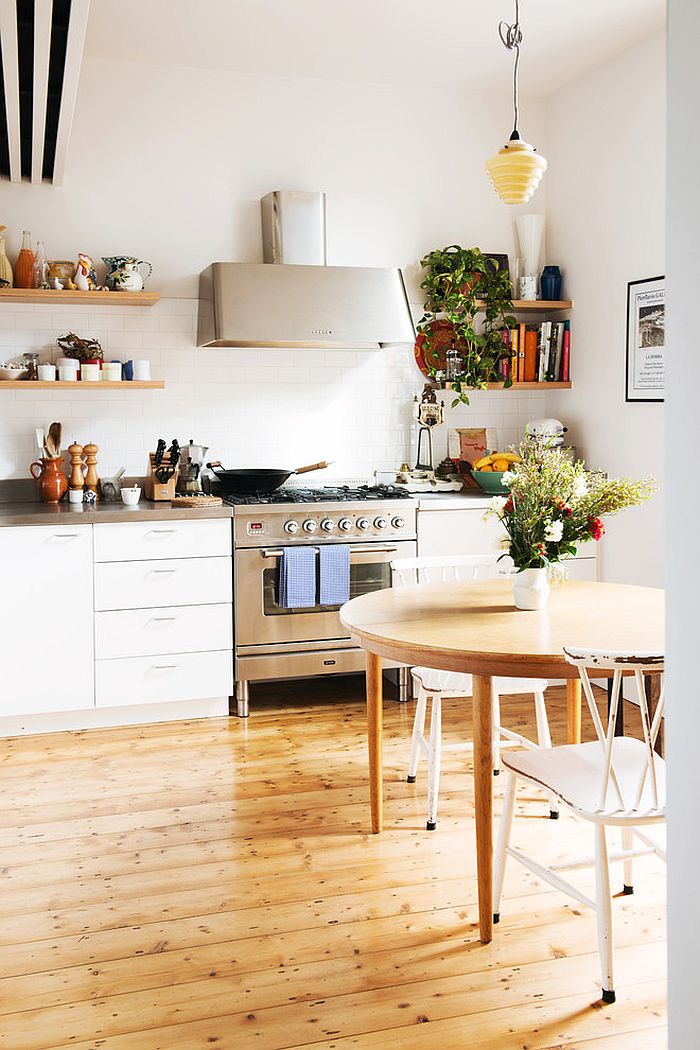

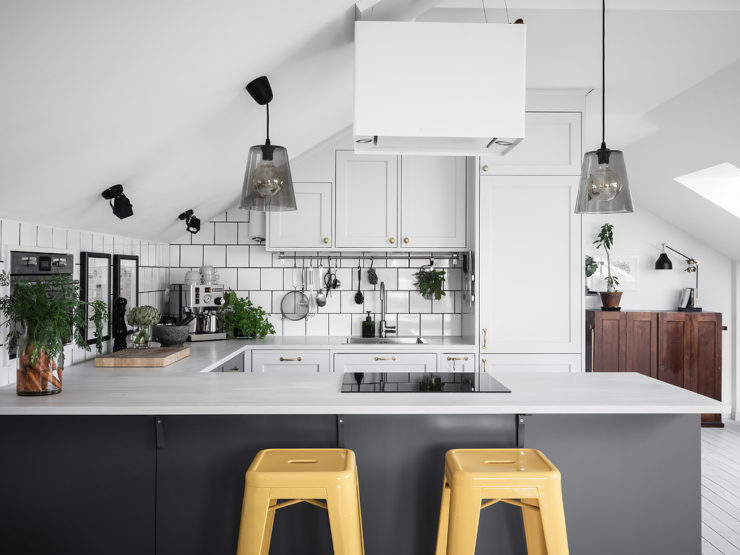
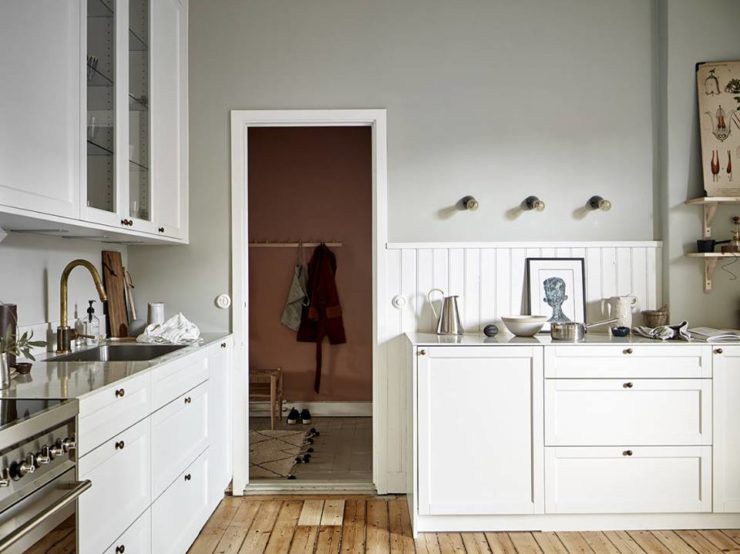

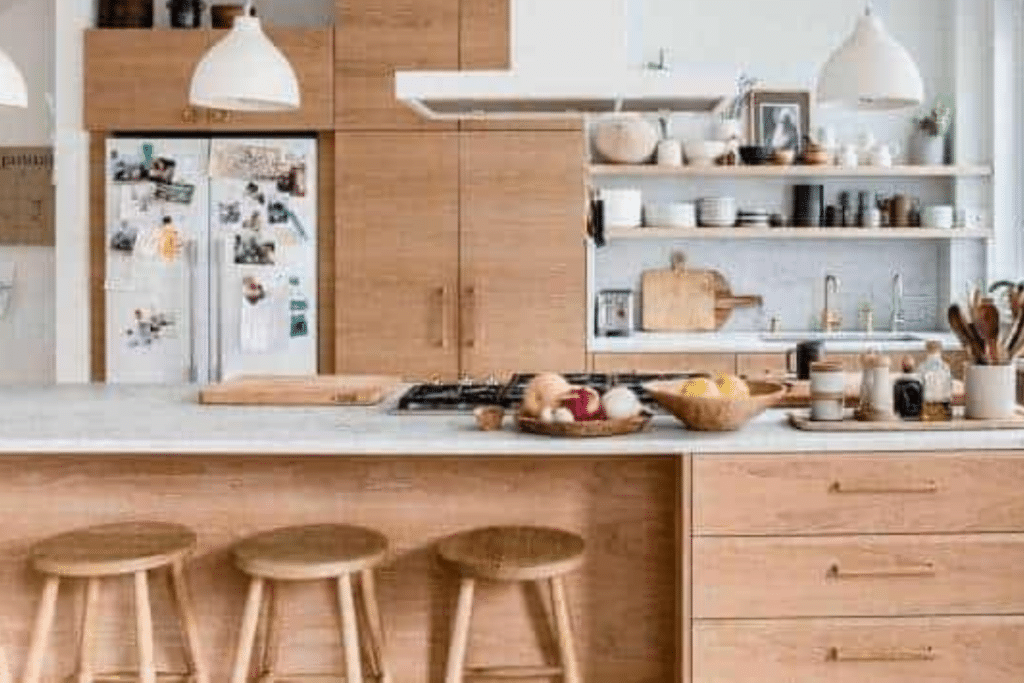
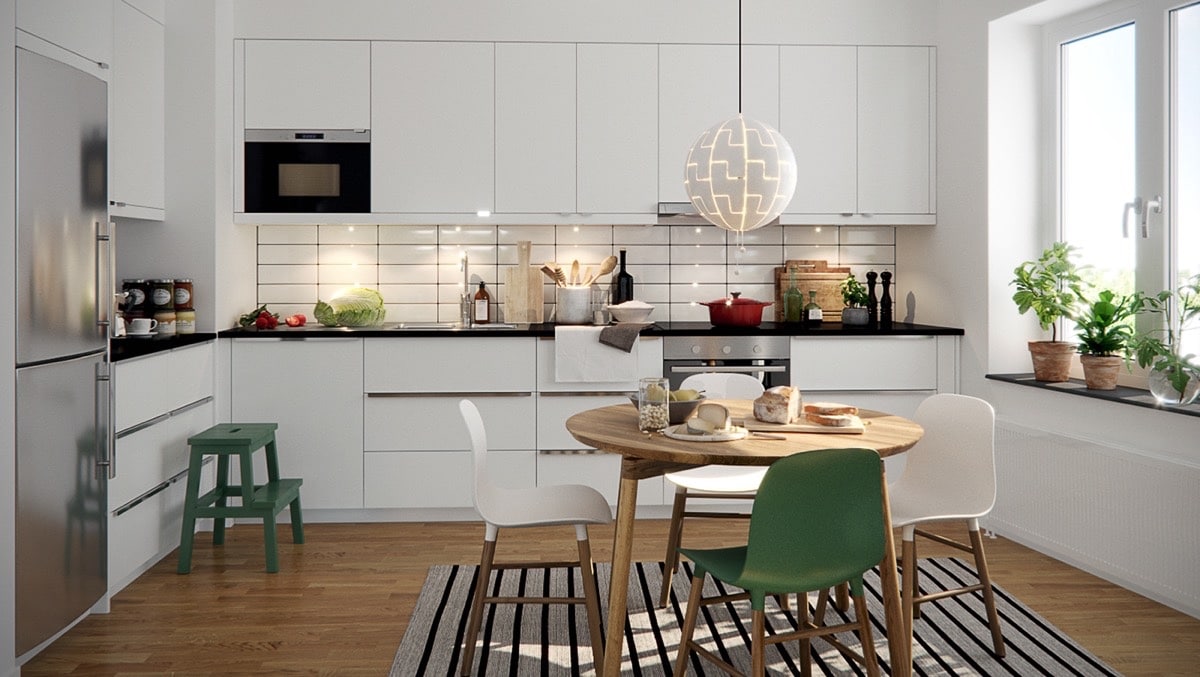
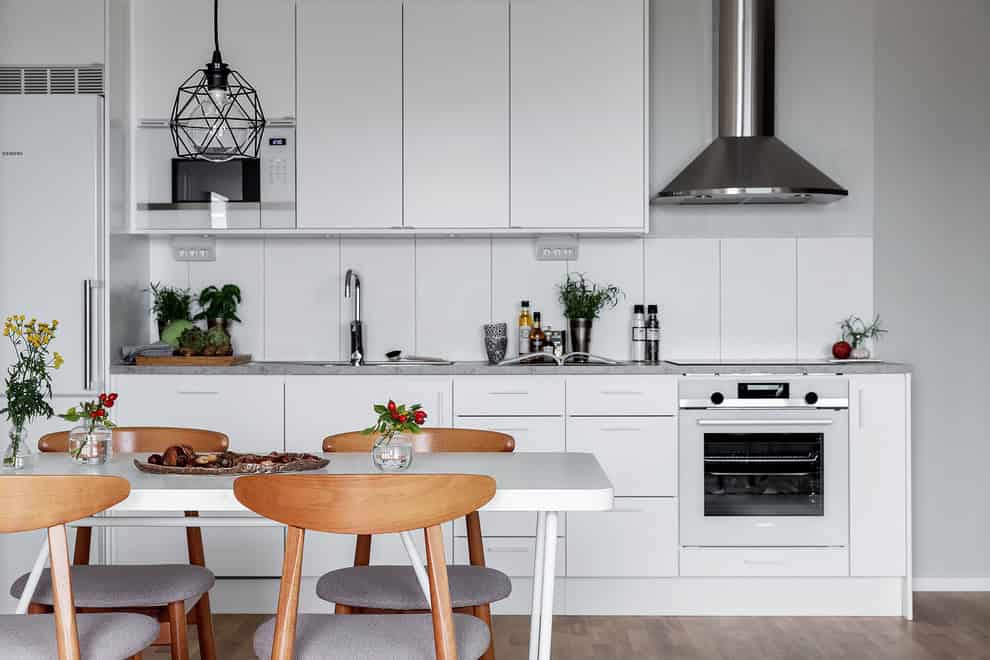

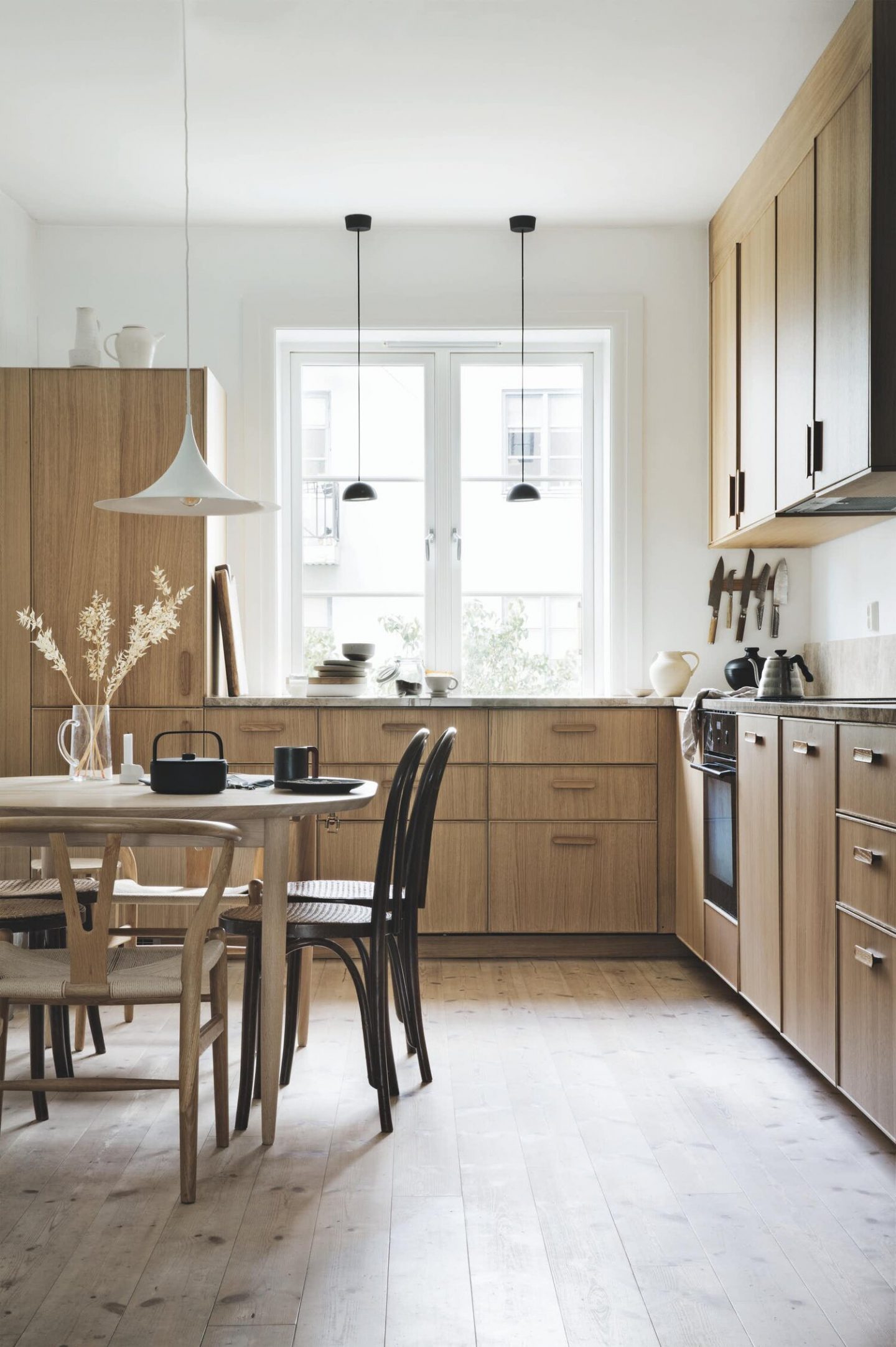


/1-scandinavian-kitchen---header-image-640w-360h.jpg)

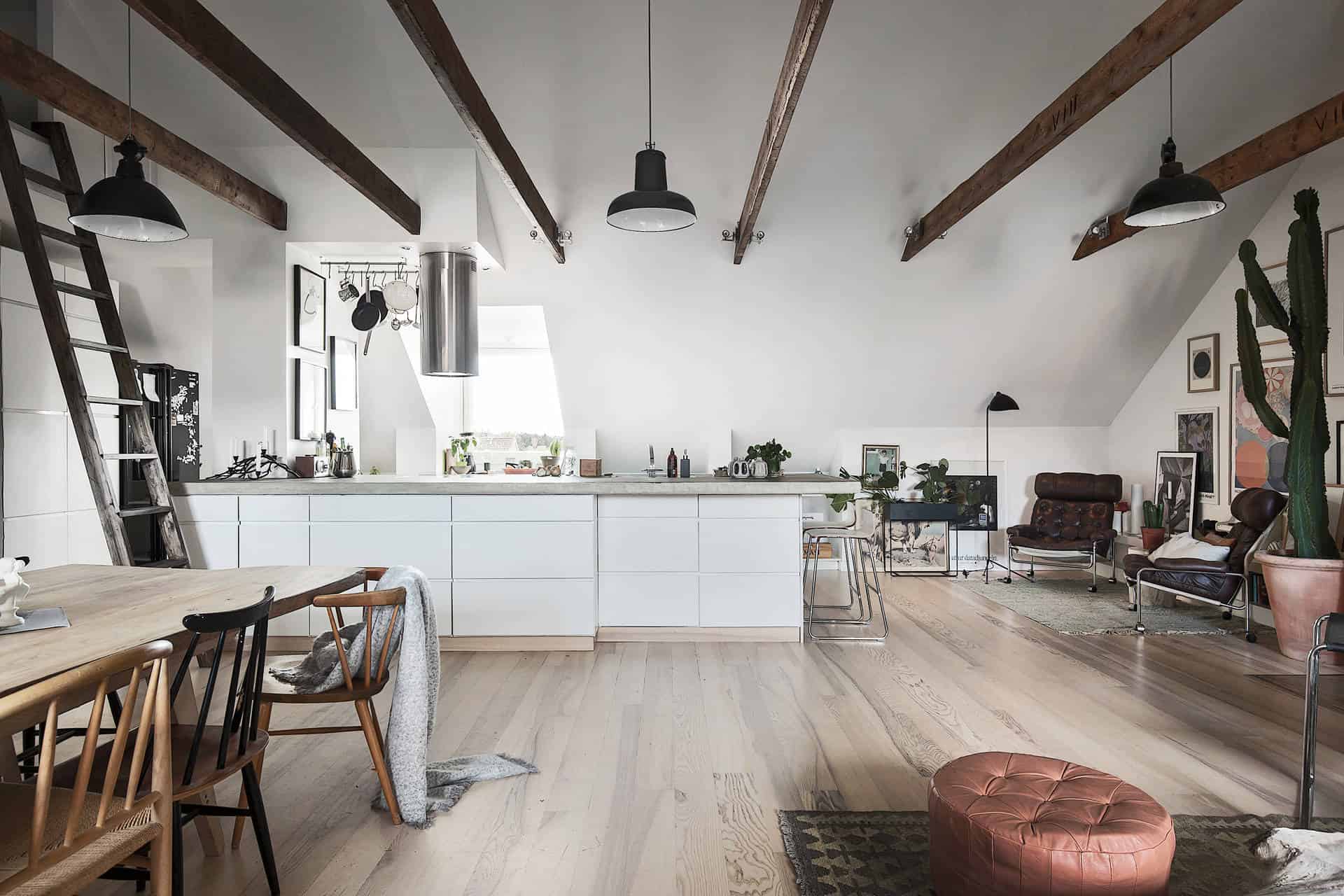



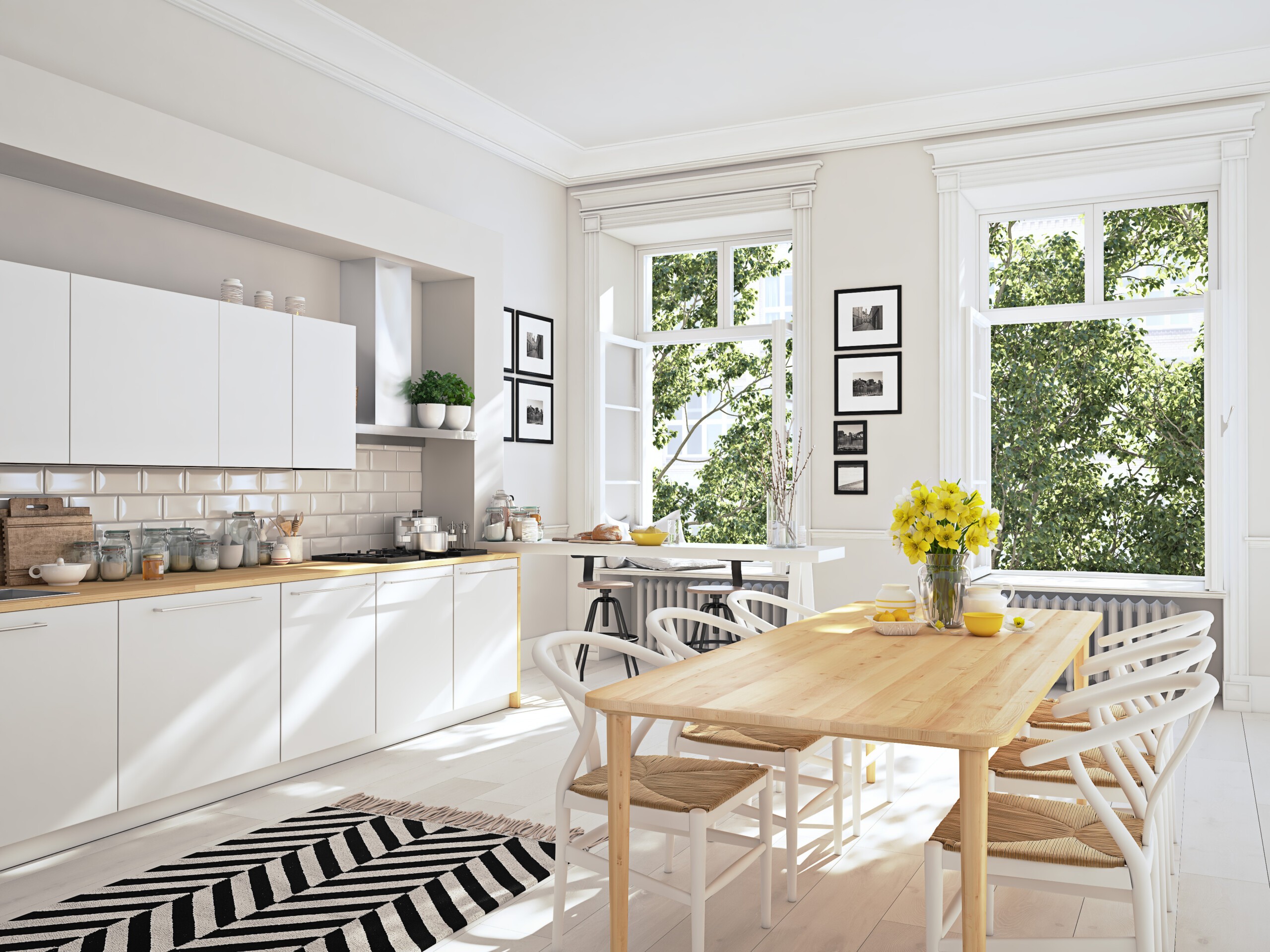
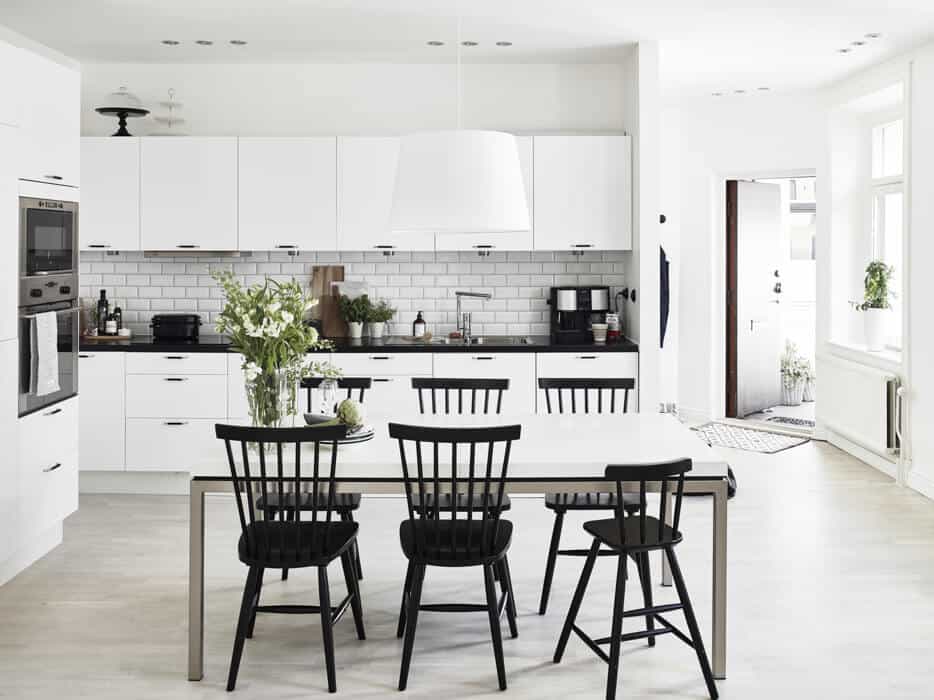
/what-is-scandinavian-kitchen-style-image-640w-480h.jpg)

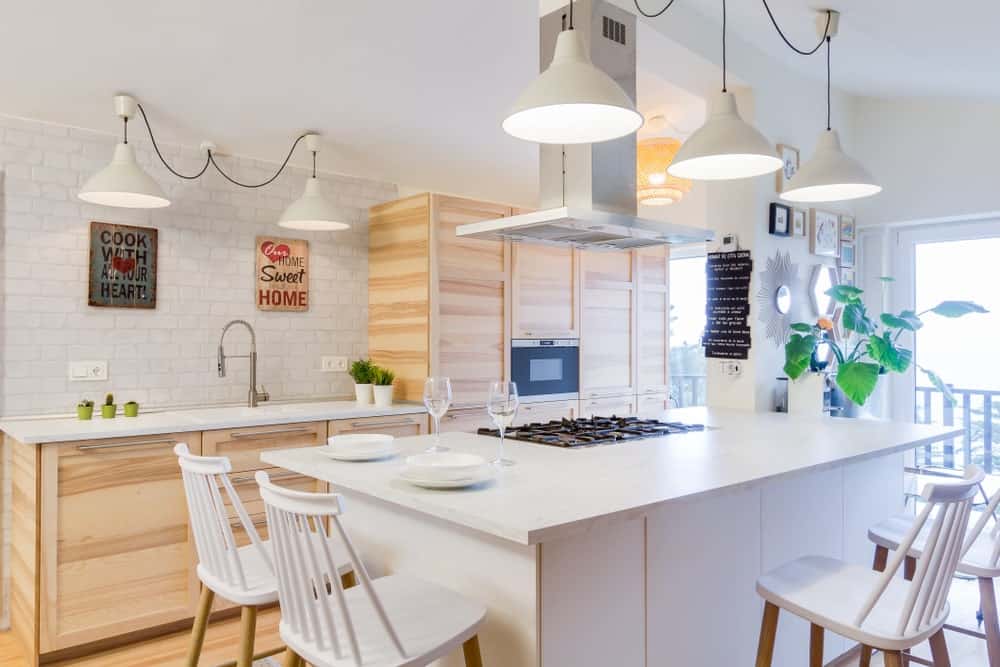


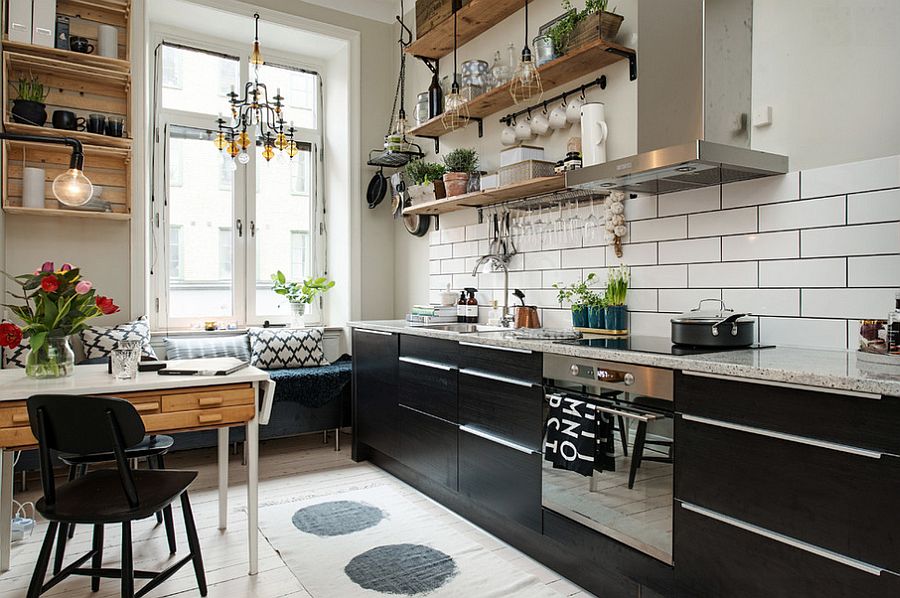
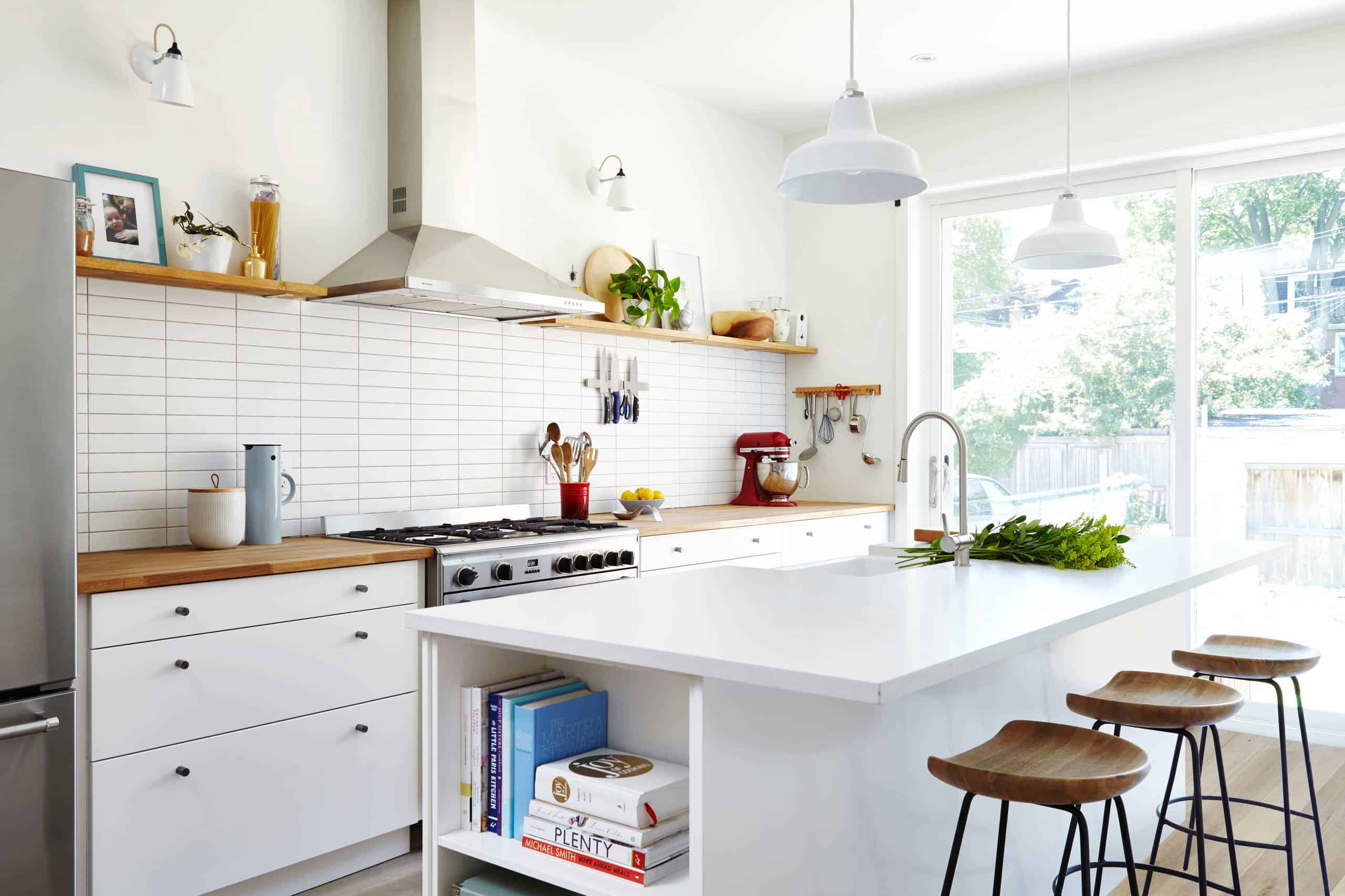


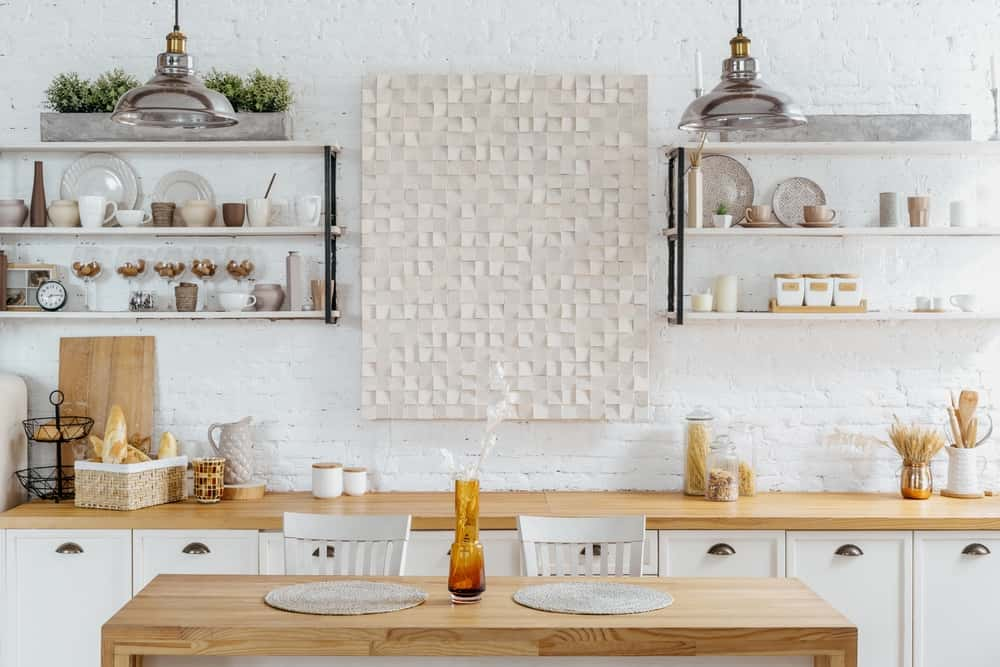
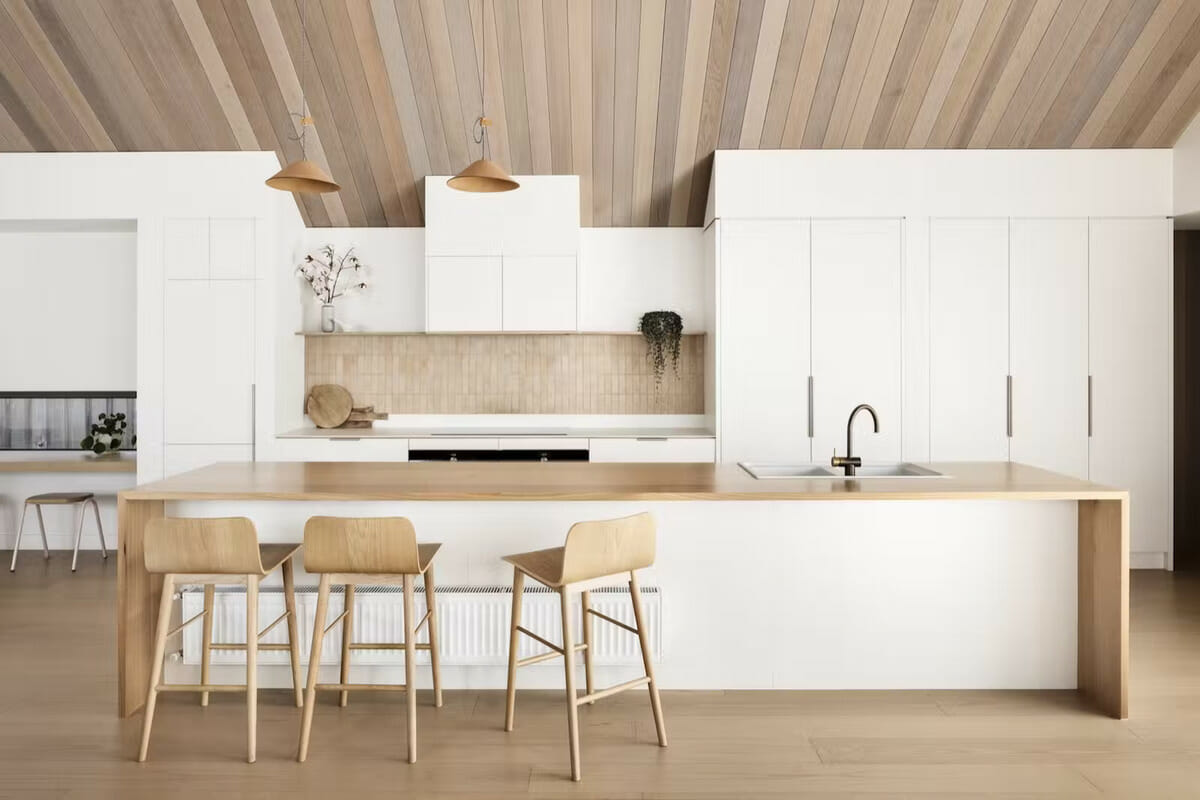

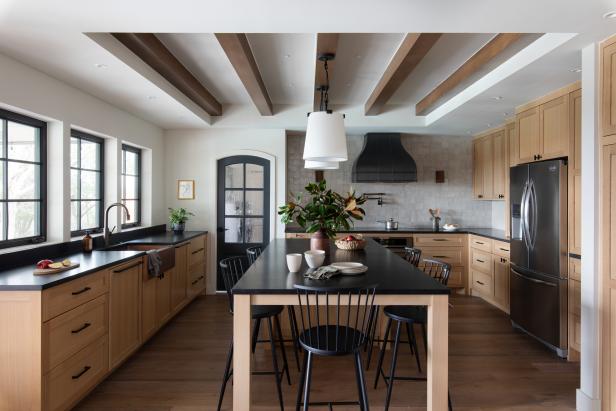







:max_bytes(150000):strip_icc()/juliarobbsopt-eb8e045f3eda4b4a96a99d1cac01e34d.jpeg)


